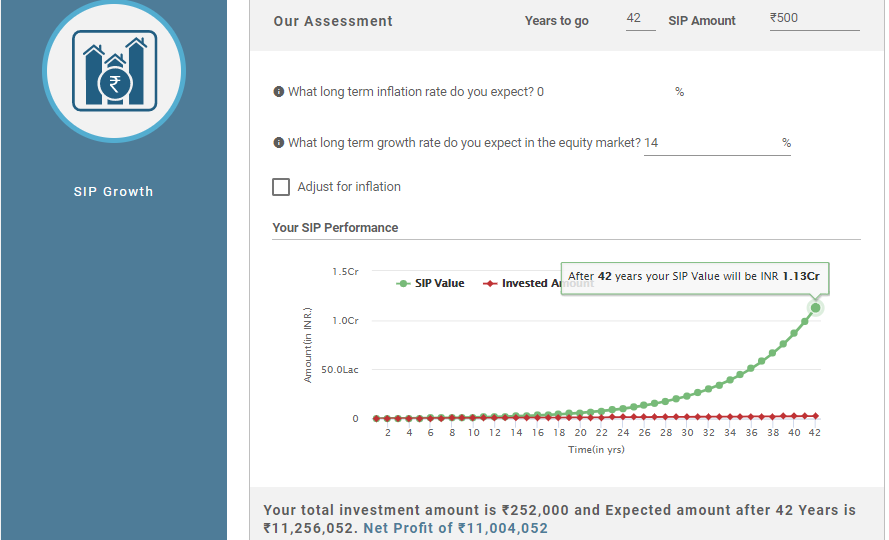
Fincash » Union Budget 2023 » India to Become a Hub for Shree Anna
Table of Contents
India to Become a Hub for Shree Anna
In India, for centuries millets have been a significant staple food. However, despite their nutritional benefits and versatility, they have not received the same level of attention as other basic grains. Now, with the increasing interest in healthy and sustainable diets, millets are once again gaining recognition.

In the union Budget 2023-24, the Finance Minister of India, Nirmala Sitharaman, refers to millets as "Shree Anna" or "the mother of all grains". This article explains why the finance minister bestowed upon them this honorary title and what it portends for millets' future in India.
What is Shree Anna?
Millets are referred to as "Shree Anna" in India because of their cultural and historical significance. The term "Shree Anna" translates to "the honoured grain" or "the mother of all grains" in English. Millets are a group of small-seeded, drought-resistant cereal crops that are grown for their edible seeds and have been used as a staple food for thousands of years, especially in arid and semi-arid regions of the world. Some common types of millets include:
- Sorghum
- Pearl millet
- Finger millet
- Foxtail millet
These crops are known for their ability to grow in harsh conditions, have high nutritional value, and have a low environmental impact, making them a highly sustainable food source.
Talk to our investment specialist
History of Millets
Millets were grown and consumed as a necessary food for thousands of years, with evidence of their use dating back to ancient civilisations in China, Africa, and India. They were an important food source for early humans, as they are able to grow in harsh and arid conditions, making them a reliable source of food in regions with scarce resources. In India, millets were a primary food for many rural communities for centuries and played a significant role in the country's agricultural and cultural history. However, in recent decades, the popularity of millets declined as more modern and intensive farming methods led to increased production of wheat and rice, which were seen as more desirable crops. This shift in dietary habits was also influenced by government policies and global trade patterns, which favoured the production and export of wheat and rice.
Despite this, there has recently been a rise in interest in millets, as people are becoming more aware of the health and environmental benefits of these crops. In India, there are efforts to revive the cultivation of millets and promote their consumption, with the government providing support for farmers and promoting their use in government-run food programs.
Why is it Grown in India?
Millets are grown in India for several reasons. Some of them are as follows:
Nutritional Value: Millets are a highly nutritious food, rich in essential nutrients such as protein, fibre, vitamins, and minerals
Drought Tolerance: Millets can grow in harsh, arid conditions and are more resistant to drought than other crops, making them a valuable source of food in regions where water is scarce
Environmental Sustainability: Millets are known for their low environmental impact and are considered to be a highly sustainable food source. They require fewer inputs, such as water and fertilisers, compared to other crops, making them an eco-friendlier option
Cultural Significance: Millets have been a staple food for many rural communities in India for centuries and are an important part of the country's agricultural and cultural history
Economic Benefits: The cultivation of millets provides livelihood opportunities for small farmers and rural communities, especially in areas where other sources of Income are limited
Soil Health: Millets help improve soil health as they have deep root systems that help prevent soil erosion and increase soil fertility
Biodiversity: Millet cultivation helps maintain biodiversity as it involves growing a variety of crops rather than monoculture farming practices
Rural Livelihoods: Growing millets provides a source of income and food security for rural communities in India, contributing to their livelihoods and improving their standard of living
The Future of Millets in India
The future of millets in India looks promising, with growing interest in this crop both domestically and globally. The Indian millets Industry will continue to expand as a result of a number of causes, including:
Health and Wellness Trend: With a growing focus on health and wellness, there is an increasing demand for nutritious and sustainable food options, making millets a popular choice
Government Support: The government of India is providing support for the millets sector through various initiatives, such as promoting their use in government-run food programs and providing subsidies and incentives for farmers
Growing Export Market: The global demand for millets is growing, and India has the potential to become a major exporter of these crops
Diversification of Agriculture: The cultivation of millets can help diversify the agricultural sector and reduce the dependence on a few staple crops, reducing the risk of crop failures and market Volatility
Government Support for Millets
The announcement of millets being referred to as "Shree Anna" was made by the Finance Minister, Nirmala Sitharaman, during the presentation of the Union Budget 2023-24 on February 1, 2023. The finance minister highlighted the importance of millets for sustainable agriculture and for the health of Indian citizens and announced a special focus on millets in the budget. She also acknowledged the role of India's small farmers in growing these nutritious grains and announced plans to make the Indian Institute of Millet Research in Hyderabad a centre of excellence for sharing best practices, research, and technology at the international level.
Statistics Report on Millets
The International Year of Millets was declared by the United Nations in 2023 at the request of the Indian Government to increase visibility and boost the production and consumption of these grains. The 2023 Economic Survey showed that India is responsible for producing 80% of Asia's millet and 20% of the world's total millet output. The country's millet yield of 1239 kg/ha surpasses the global average of 1229 kg/ha. India is the largest producer and second-largest exporter of millets, known locally as "Shree Anna".
Final Thoughts
With the United Nations declaring 2023 as the International Year of Millets, the focus has shifted towards increasing awareness and production of these highly nutritious grains. India, as the largest producer and second-largest exporter of millet, holds a significant position in the global millet industry. With the Indian government providing support for the growth and promotion of millets, the future looks bright for this versatile grain, which holds enormous potential to contribute to sustainable agriculture and address issues of food security and nutrition in India and globally.
Frequently Asked Questions (FAQs)
1. What makes millet a nutritious food?
A: Millets are a rich source of essential nutrients such as vitamins, minerals, fibre, and antioxidants. They are also gluten-free and easy to digest, making them a good option for people with gluten intolerance.
2. How are millets grown in India?
A: Millets are grown in India as rain-fed crops and are well-adapted to regions with low rainfall and high temperatures. They are typically grown as a mixture of crops, rather than as monocultures, which helps to maintain soil health and biodiversity.
3. How are millets used in cooking?
A: Millets can be used in a variety of dishes, including porridge, bread, cakes, and even beer. They can also be used as a substitute for rice or other grains in many recipes.
4. What are the benefits of eating millet?
A: Eating millet has many benefits, including improved digestion, weight management, and lower risk of chronic diseases such as diabetes and heart disease. Millets are also a good source of energy and help regulate blood sugar levels.
5. How can I start incorporating millet into my diet?
A: You can start incorporating millet into your diet by trying new recipes that use millet flour, or by using millet as a substitute for rice in dishes like pilaf or risotto. You can also try using millet in soups, stews, and salads. Experimenting with different millets and cooking methods will help you find the best ways to enjoy these nutritious grains.
All efforts have been made to ensure the information provided here is accurate. However, no guarantees are made regarding correctness of data. Please verify with scheme information document before making any investment.
You Might Also Like

India Becomes The Fourth-largest Stock Market Overtaking Hong Kong



Nippon India Small Cap Fund Vs Franklin India Smaller Companies Fund

Nippon India Small Cap Fund Vs Nippon India Focused Equity Fund

Mirae Asset India Equity Fund Vs Nippon India Large Cap Fund

UTI India Lifestyle Fund Vs Aditya Birla Sun Life Digital India Fund





